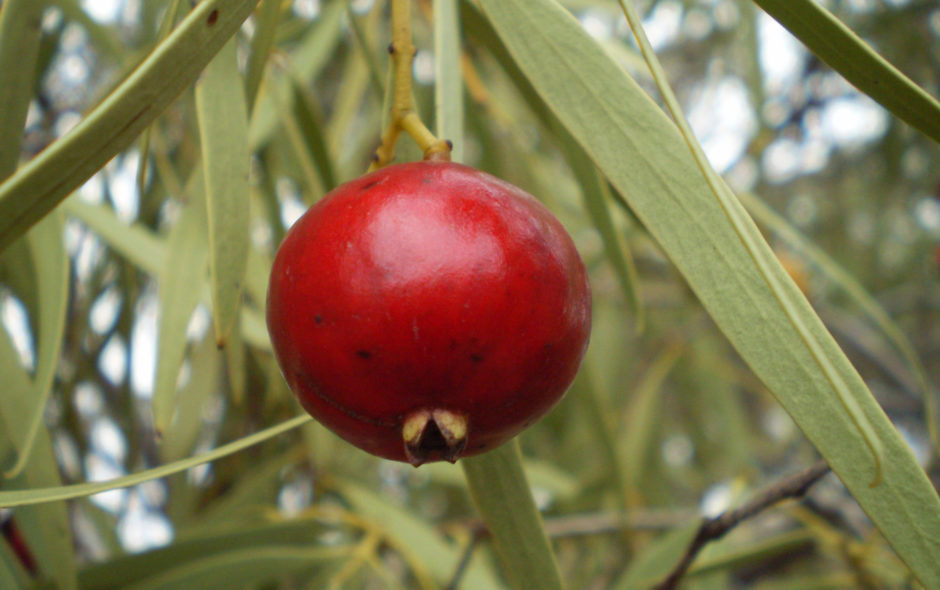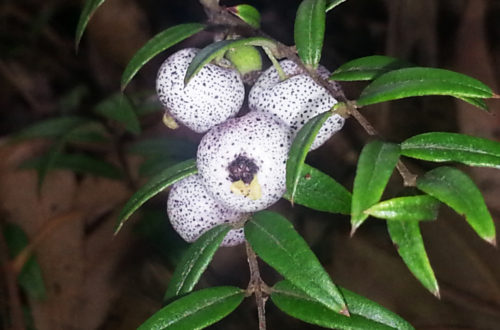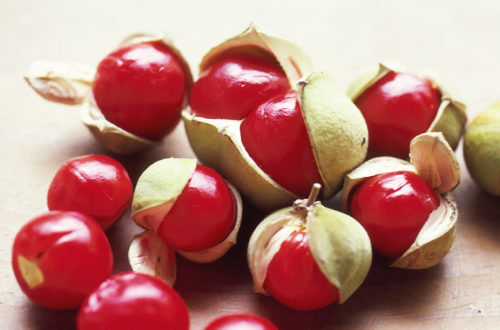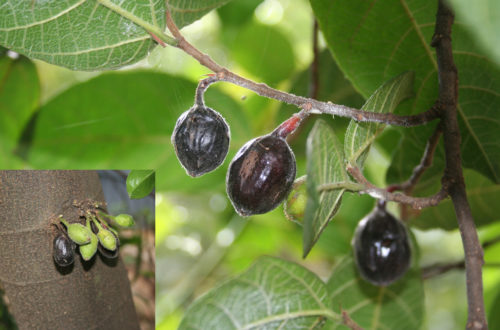Like everything, food evolves. Wild species continue to evolve following rules discovered and described by Charles Darwin and do so from pressures of change exerted by the environment, predator species, food supplies as well as from human activity including climate change and so on.
Humans as a species no longer evolve with environmental or genetic pressure but indirectly as a consequence of language, schooling, culture and technology. Our faulty genes persist in the genome rather than breeding out via fatal extraction and medical support can extend the lives of those who would have perished in less medically advanced times. We might do well to also recognize that modern humans are the last species of the genus, Homo that are left on the planet so what we do to our food supply and to the planet has an elevated significance to our continued survival.
There can be no doubt of our adaptiveness, as we have exploded in number, occupied every inhabitable niche (and some less than hospitable) and have displaced thousands of other species in our uncontrolled expansion over the planet as the super-top-carnivore.
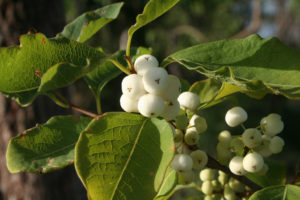
But when it comes to our modern food species, our fruits, vegetables, grains, herbs and spices, domesticated meats and a handful of other edibles (eg honey, plant exudates etc) we find an alarming situation exists. Many are being forced to adapt to our requirements and these generally have little to do with our ideal nutrition.
Here is an article on Is Something Wrong with Our Modern Diet as it appeared in the NY Times.
Our food staples are industrially farmed and as described in Wild Foods, most of our calories comes from a single crop – sugar. Way behind come wheat, rice, maize and a half a dozen other starchy carbohydrates. However, many people in developing countries supplement their diet with their local wild foods which provide a substantial level of nutrition for them.
Associate Professor Jules Pretty from Essex University in the UK has this informative summary as an abstract to one of his published articles:
Almost every ecosystem has been amended so that plants and animals can be used as food, fibre, fodder, medicines, traps and weapons. Historically, wild plants and animals were sole dietary components for hunter–gatherer and forager cultures. Today, they remain key to many agricultural communities.
The mean use of wild foods by agricultural and forager communities in 22 countries of Asia and Africa (36 studies) is 90–100 species per location. Aggregate country estimates can reach 300–800 species (e.g. India, Ethiopia, Kenya). The mean use of wild species is 120 per community for indigenous communities in both industrialized and developing countries.
Many of these wild foods are actively managed, suggesting there is a false dichotomy around ideas of the agricultural and the wild: hunter–gatherers and foragers farm and manage their environments, and cultivators use many wild plants and animals. Yet, provision of and access to these sources of food may be declining as natural habitats come under increasing pressure from development, conservation-exclusions and agricultural expansion.
Despite their value, wild foods are excluded from official statistics on economic values of natural resources. It is clear that wild plants and animals continue to form a significant proportion of the global food basket, and while a variety of social and ecological drivers are acting to reduce wild food use, their importance may be set to grow as pressures on agricultural productivity increase.
It is interesting to compare the above numbers with the traditional use of wild foods by the various Indigenous Australian clans (600 different Nations). The numbers ranged from 150 different wild foods annually available in the Western desert up to around 700 foods in the wet tropics of the north.
And what AP Pretty does not address is the vastly superior nutritional value of wild foods over conventional agricultural produce.
